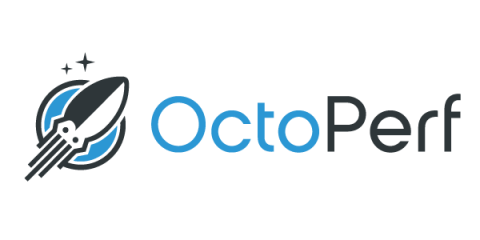Kafka Total Cost of Ownership: What are you missing?
“We’ve seen two years’ worth of digital transformation in two months” said Microsoft’s Satya Nadella. Due to COVID-19, digital transformation roadmaps have been deleted, redrafted, doubled down and accelerated by up to a decade. Traditional companies are moving by osmosis towards streaming technologies such as Apache Kafka to kick off new digital services. But how much should it cost to experience 2030 in 2021?









